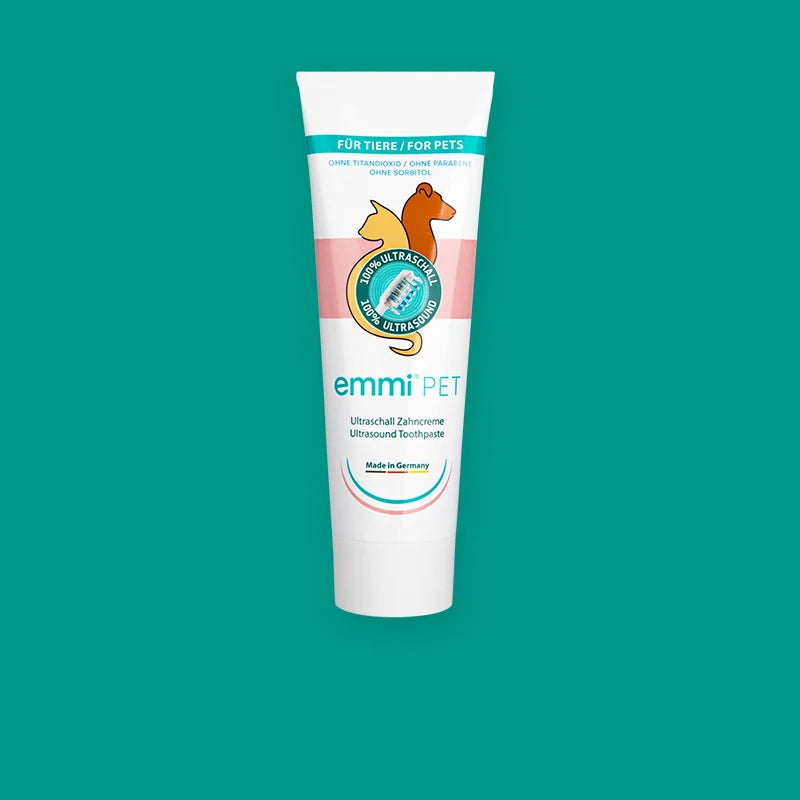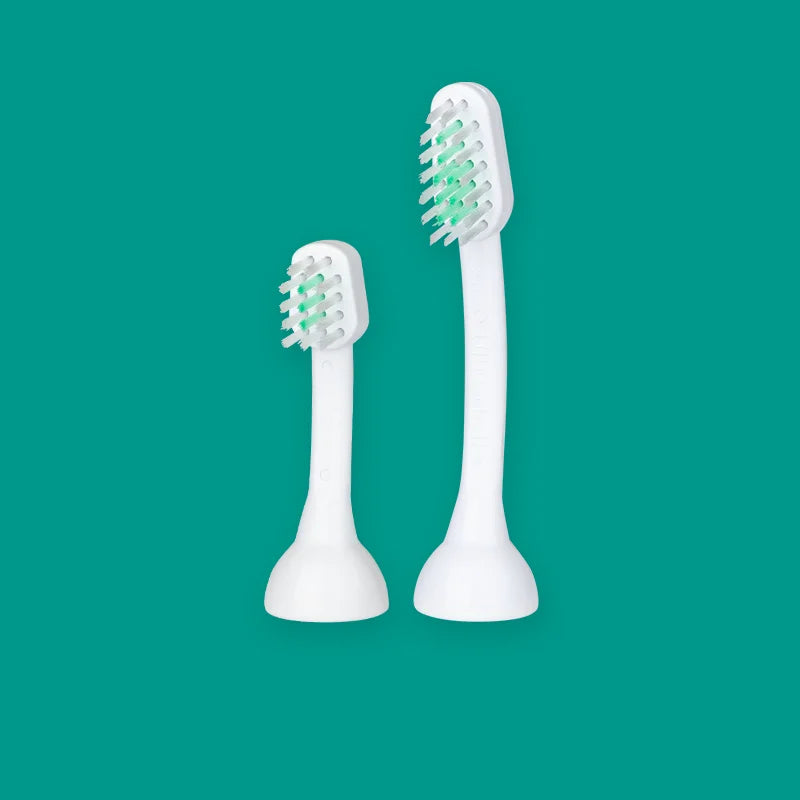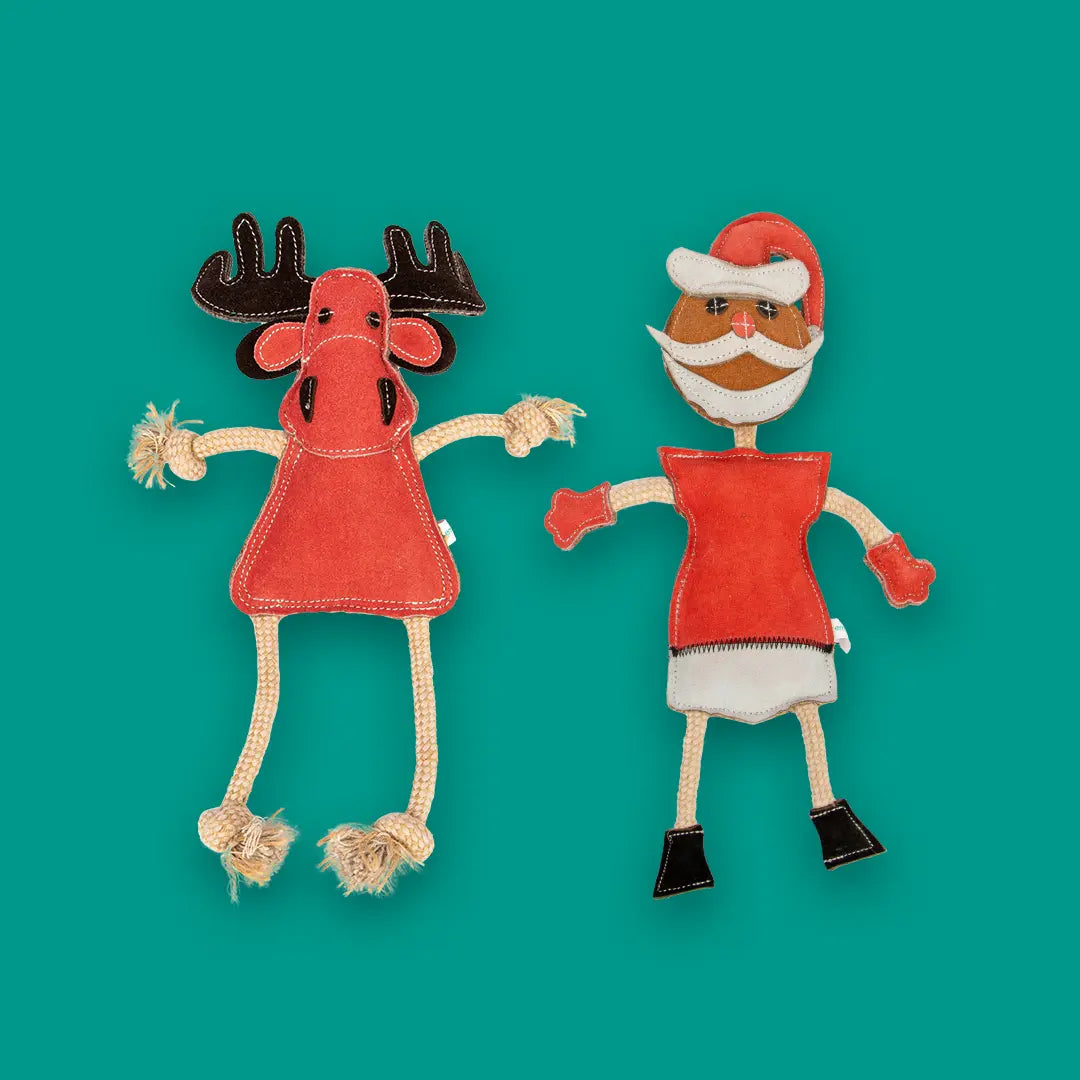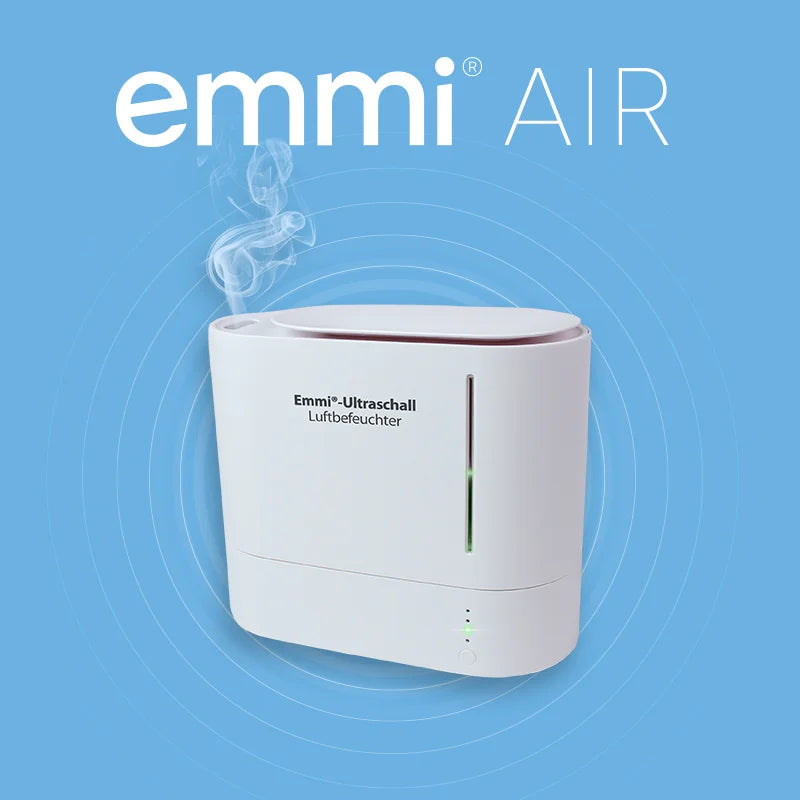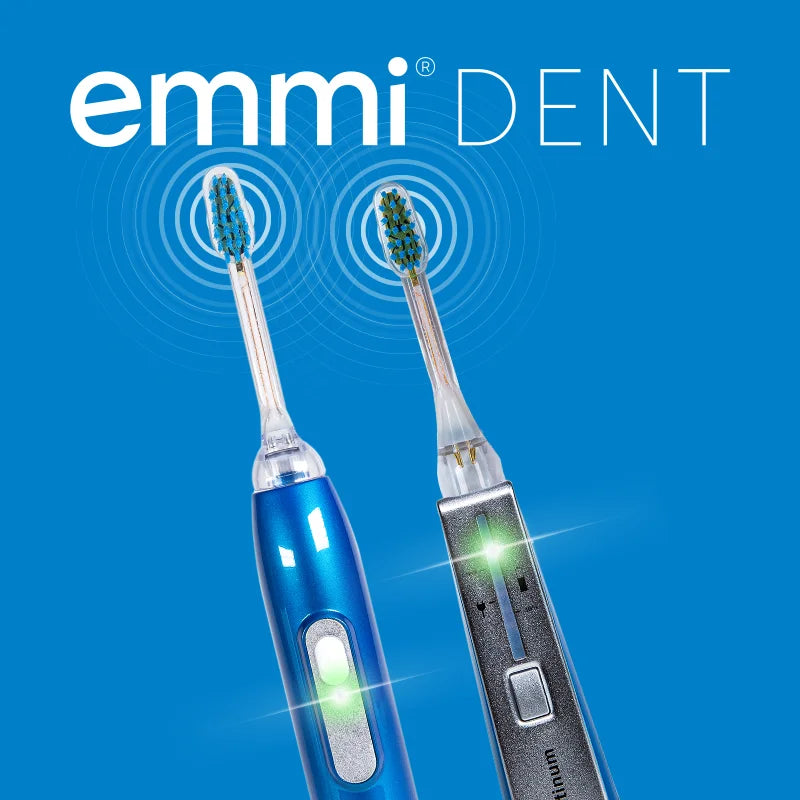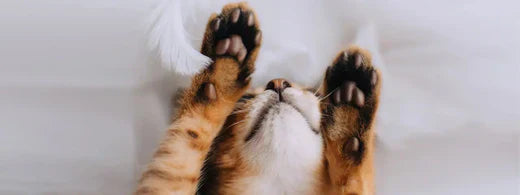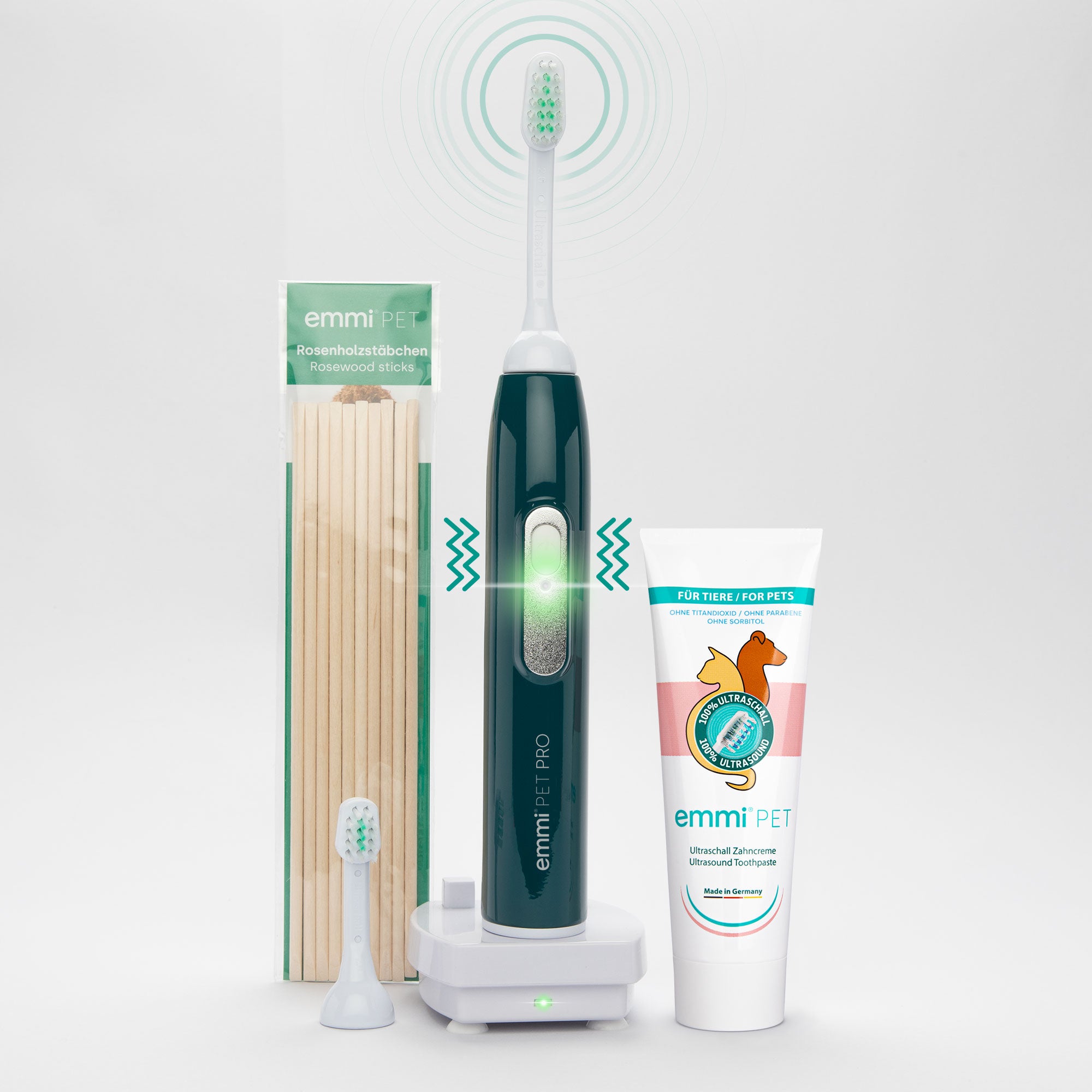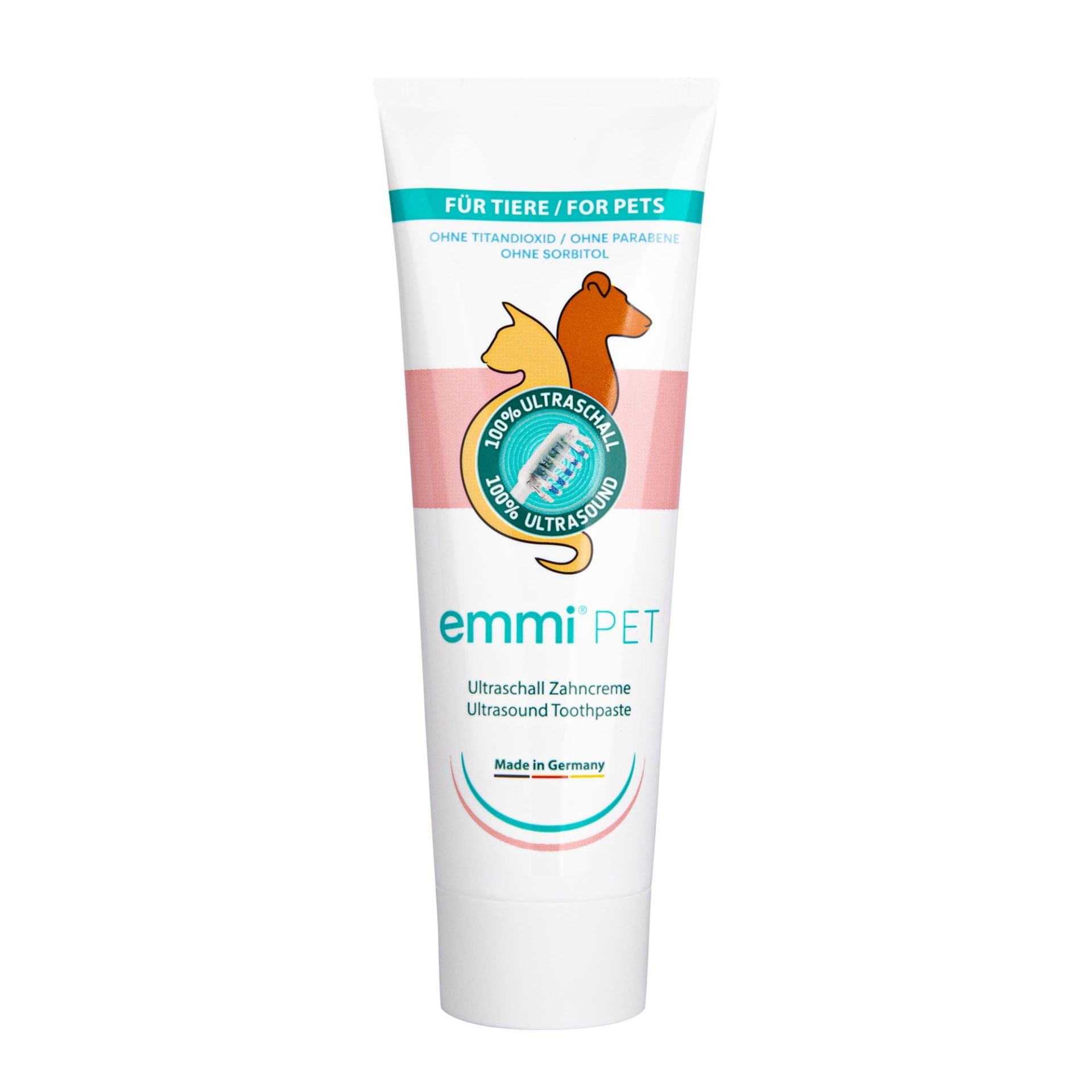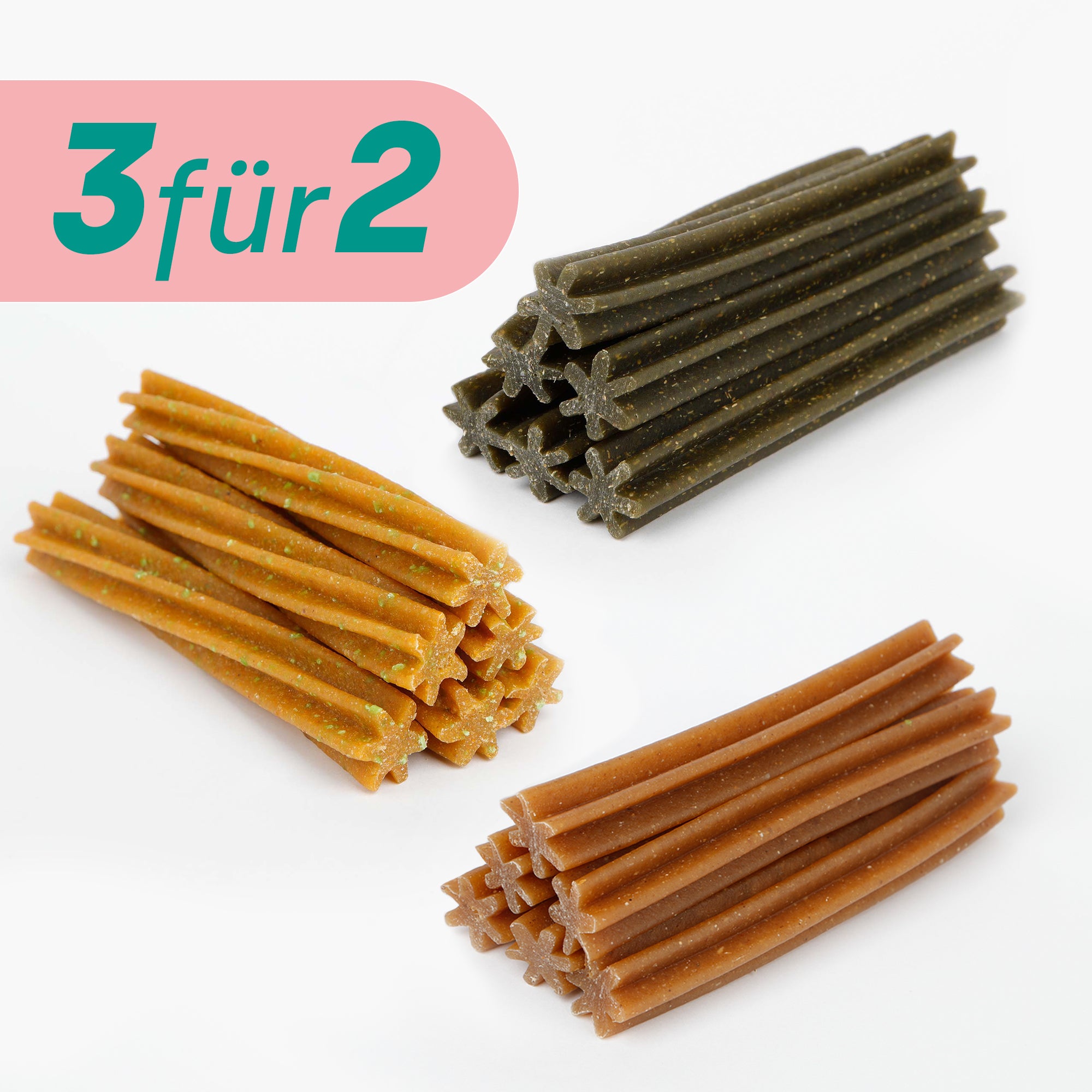Loose dog teeth that fall out
Why do teeth start to wobble?
If your dog's teeth are loose or even falling out, your dog appears to have serious periodontal problems. Teeth begin to wobble when the bone and gums have already significantly receded. When this happens, the leverage of the tooth crown becomes greater than the strength of the tooth root. This process promotes further bone loss in your dog, even throughout the entire jaw area. We'll explain why teeth start to wobble and what wobbly teeth mean in today's blog post.
Periodontal disease and the associated bone loss in the jaw manifest themselves both through severe toothache and a foul odor from the mouth. Unfortunately, the symptoms of periodontal disease are barely noticeable in the early stages. Periodontal disease begins insidiously. Your dog will initially eat normally, and you will hardly notice any other changes in their behavior in the early stages. However, if periodontal disease progresses, your dog will refuse food. Advanced periodontal disease is often accompanied by changes in behavior.
At this point, you should have your dog's mouth and teeth checked, and if there is any visible damage, seek professional advice from a veterinarian. If affected teeth are already so damaged that they are loose, extraction is often the only option. Periodontal disease is insidious. So insidious that in some cases, even fixed teeth may need to be extracted. This is often the case when the jawbone is already severely damaged.
However, the treatment of periodontal disease always depends on the individual case. This means that borderline cases can sometimes be saved or halted through regular tooth brushing. With daily dental care, your dog's dental status quo can sometimes be maintained. With regular dental hygiene, ideally with our emmi®-pet ultrasonic toothbrush for dogs , you can not only spare your four-legged friend a lot of suffering but also maintain the status quo of their teeth. Thanks to daily dental hygiene, you can effectively prevent further tooth decay.
We recommend daily oral hygiene starting from puppyhood. And not just for small breeds. Thanks to regular dental care with our emmi®-pet ultrasonic toothbrush, periodontitis can be largely prevented. But that's not all: the general source of infection lurking in your dog's mouth can also be mitigated through daily dental care. Ultrasonic technology also kills harmful germs and bacteria. And these should not be underestimated. Harmful germs and bacteria can potentially damage all other organs in your dog's body. The heart, kidneys, liver, and even the joints can suffer massive damage from bacteria that spread from the mouth via the bloodstream, leading to serious secondary diseases.
What do wobbly and purple-stained teeth in dogs mean?
If your dog's teeth have a purple sheen, you can assume that your dog has experienced bleeding into the tooth. Purple-stained teeth indicate bleeding into the dentin canals. The red blood shines through the enamel, making your dog's affected tooth appear purple.
There are many causes for a purple-colored tooth. However, they are often based on trauma, triggered by an injury or even brute force. If trauma is not the cause of the bleeding, infection or inflammation should also be considered. Chemical or thermal stimuli can also trigger internal bleeding in the tooth.
Your dog's canine teeth are often affected by purple discoloration. While the inflammation often subsides, the discoloration remains. In some cases, however, trauma or infection can cause the tooth to die. This can happen even if your dog's tooth is otherwise undamaged and not loose. In this case, endodontic treatment is necessary. Your veterinarian will carefully consider whether the tooth can be saved or needs to be extracted.

